Penalty Kicker Role
The role of a penalty kicker in soccer is challenging, with the balance of a match often resting on their proficient skill and composure under immense pressure after a foul is given. Navigating and converting these high-stakes opportunities demands exceptional concentration and confidence.
The hallmark traits of successful penalty kickers include not only power and accuracy but also psychological strength when in the penalty area. The ability to dismiss distraction, manage pressure, and remain resolute in their technique, even under the scrutiny of large audiences, sets these players apart.
History and Importance of Penalty Kickers
The Evolution of Penalty Kicks in Soccer History has been remarkable. What began as a simple 'one vs. one' shot in 1891, has evolved into a complex tactical battle, requiring a blend of strategy, psychology, and technical skill. These kicks now decide the fate of crucial games.
Since its inception in 1891, penalty kicks have evolved from a simple 'one vs. one' shot to a complex tactical battle, making penalty kickers critical player in modern soccer.
In early years, anyone could take the penalty kick. Now, expert penalty kickers are established due to their accuracy and composure under pressure. These specialised players have changed the dynamics of the game.
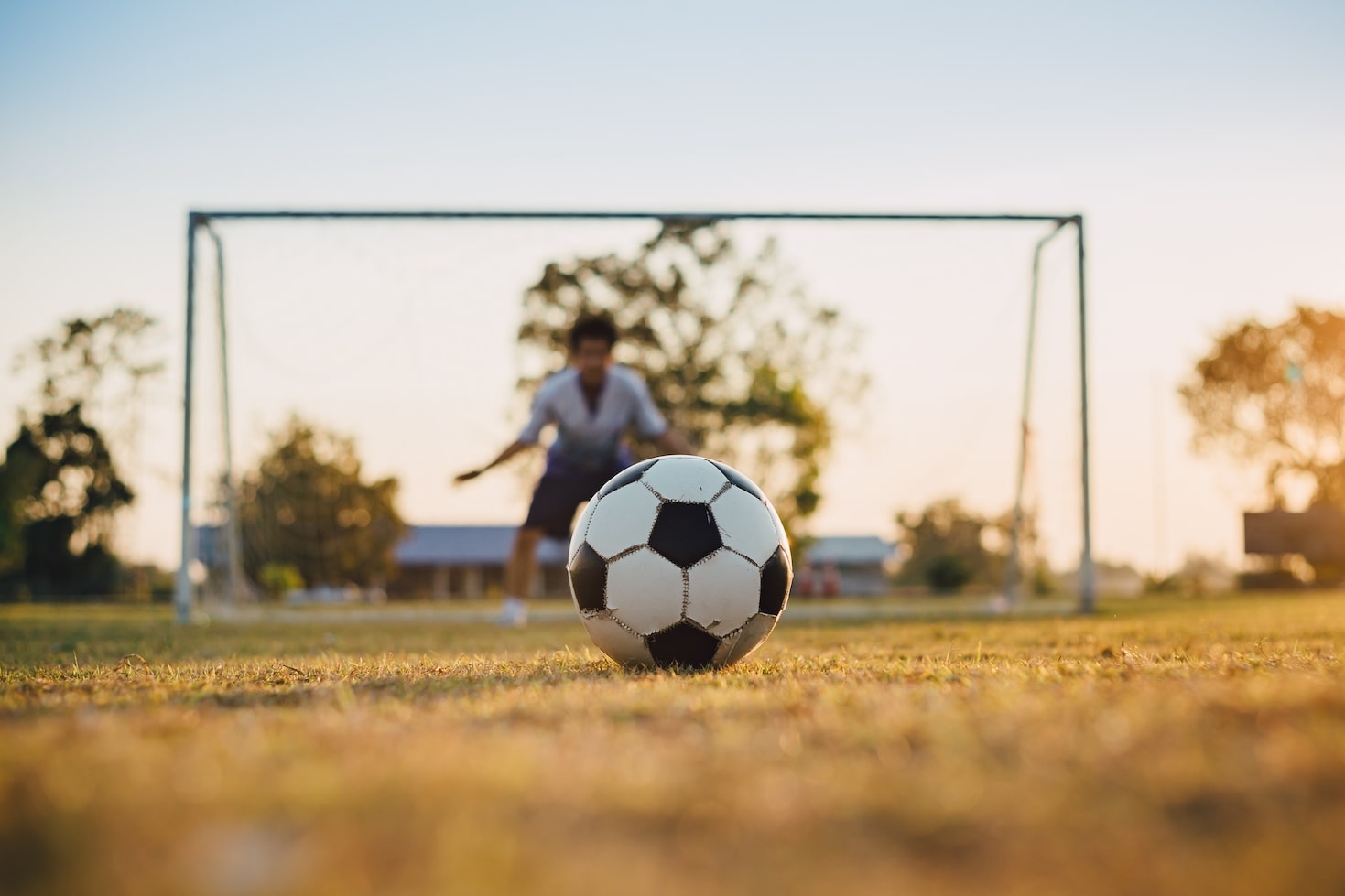
Penalty Kickers hold a pivotal role in soccer. The pressure is usually immense but scoring can swing the momentum in their team's favour. Great penalty kickers are often team leaders, embodying calmness and confidence on the pitch.
They have the task of converting a match-winning opportunity under intense scrutiny. Their performances can effectively dictate the outcome of a game, a tournament, or even a season. Undeniably, penalty kickers have become heroes for millions across the globe.
Penalty Kicker Responsibilities
As a penalty kicker, the burden of scoring critical goals often falls on your shoulders, much more so than a direct free kick. In those nail-biting moments, it's your responsibility to deliver and leave opponents trailing.
Different game scenarios might demand varied approaches from a penalty kicker. Whether you're tasked to bring your team level or seal a decisive win in a shootout, different pressure conditions demand unique handling and execution.
It is vital for the penalty kicker to accurately interpret the goalkeeper's positioning and movements, using this to their advantage. Coaches look to them to convert opportunities, their attempts could determine the game's outcome.
Penalty Kickers Techniques & Strategies
By emphasizing consistent body positioning and shot technique, penalty kickers can achieve improved accuracy and success rates. Proper foot placement, angled run-ups, and decisive striking, focusing on the instep or foot's 'sweet spot,' are essential elements of practical penalty kicking techniques.
Strategizing penalty kicks requires a broader understanding beyond just selecting the kicking side. It encompasses reading the goalkeeper's tendencies, adjusting to the game's current status, and directing the kick in a way that balances both power and placement. An astute coach can guide their players to maximize the success of each potential penalty kick.
Approaching the Penalty Kick
Understanding your path to the ball is fundamental in the approach to a penalty kick. From a diagonal approach favoring the non-dominant side, to a straight-on method advocating for deceit, your style shapes the final outcome.
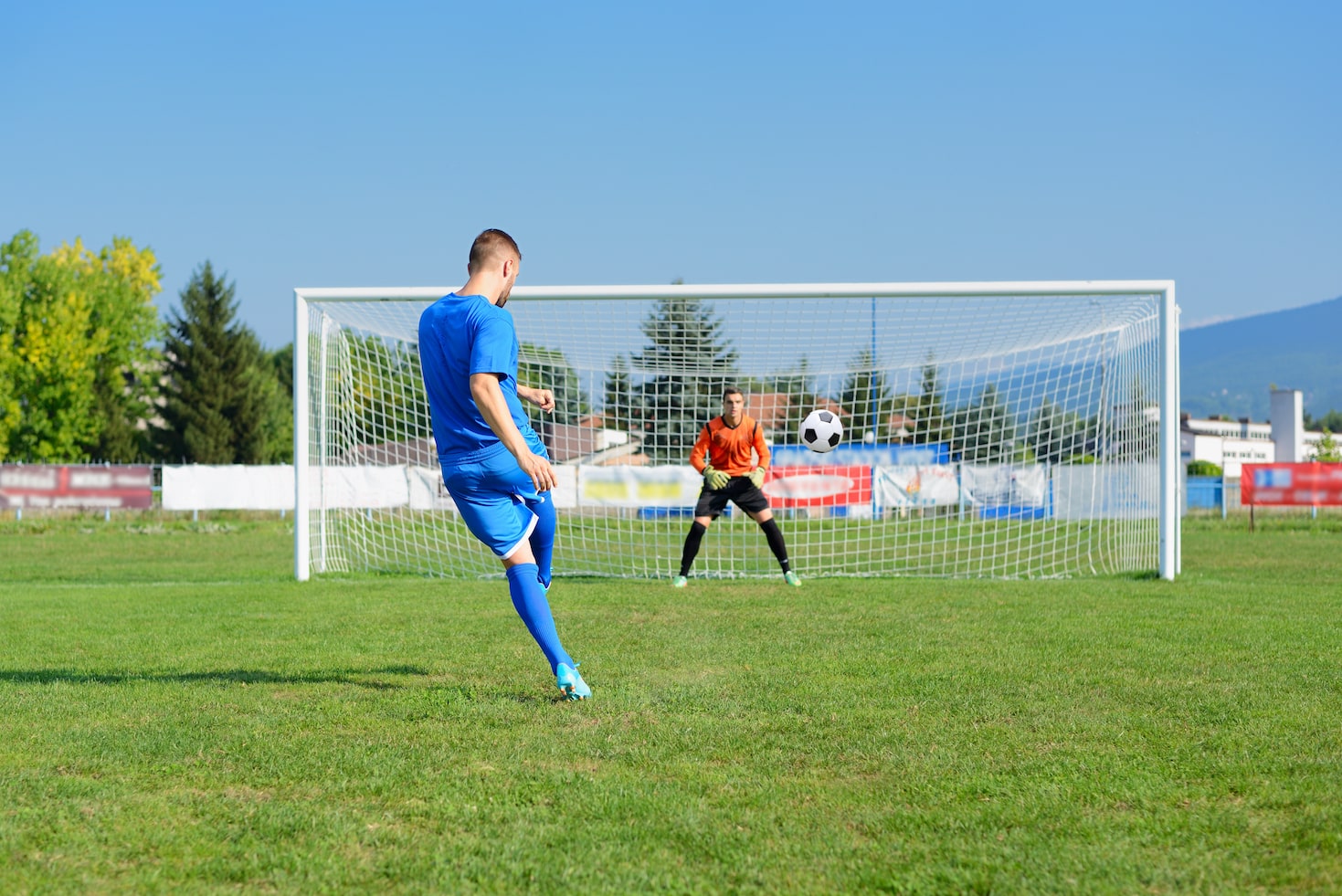
Body angle plays a crucial role during approach. Aiming your non-kicking foot and hip toward the direction of the intended shot. Doing so, you're subtly helping your kicking foot meet the ball just right, for a much-optimized hit.
Remember, the strides during the run-up need to be smooth and full of purpose. Unsteady or hastened steps can throw off your balance and affect the precision of your kick.
Confidence transforms intention into execution. Visualization techniques, such as picturing yourself scoring the goal, can enhance assurance during approach, solidifying the chances of striking with precision and power.
Repeated practice is instrumental to foster confidence. Familiarity with each step of your chosen approach, from the initial run-up to the final hit, reduces uncertainty and helps maintain a composed mindset during actual game scenarios.
Placement vs. Power: Choosing the Right Technique
The technique chosen for a penalty kick in soccer is crucial and often depends on personal style and circumstances. While some players prefer to focus on placement, using precision and timing, others opt for sheer force, catching the goalkeeper off guard with the power of the shot. The right balance between the two can increase success rates.
- Understanding the mechanics of the ball: the physics involved in shooting or passing can be different, but are crucial to mastering both power and placement.
- Practicing the run-up: a consistent, well-practiced run-up can contribute to both the power and accuracy of a penalty kick.
- Knowing the goalkeeper's tendencies: Studying the keeper's preferences and responses can inform whether to prioritize placement or power.
- Analyzing field conditions: The turf, atmosphere, and weather conditions can affect the effectiveness of kick strategies.
- Keeping cool under pressure: Regardless of technique, stress can impact a player’s kick. Breathing exercises and mental visualization can help to manage nerves and fear.
Deceiving the Goalkeeper: Dummy Shots and Feinting
Deceiving the goalkeeper is a crucial aspect to consider for any penalty kicker. Utilizing fake techniques, such as dummy shots and feints, can effectively outwit the goalkeeper and significantly increase the chances of scoring a goal.
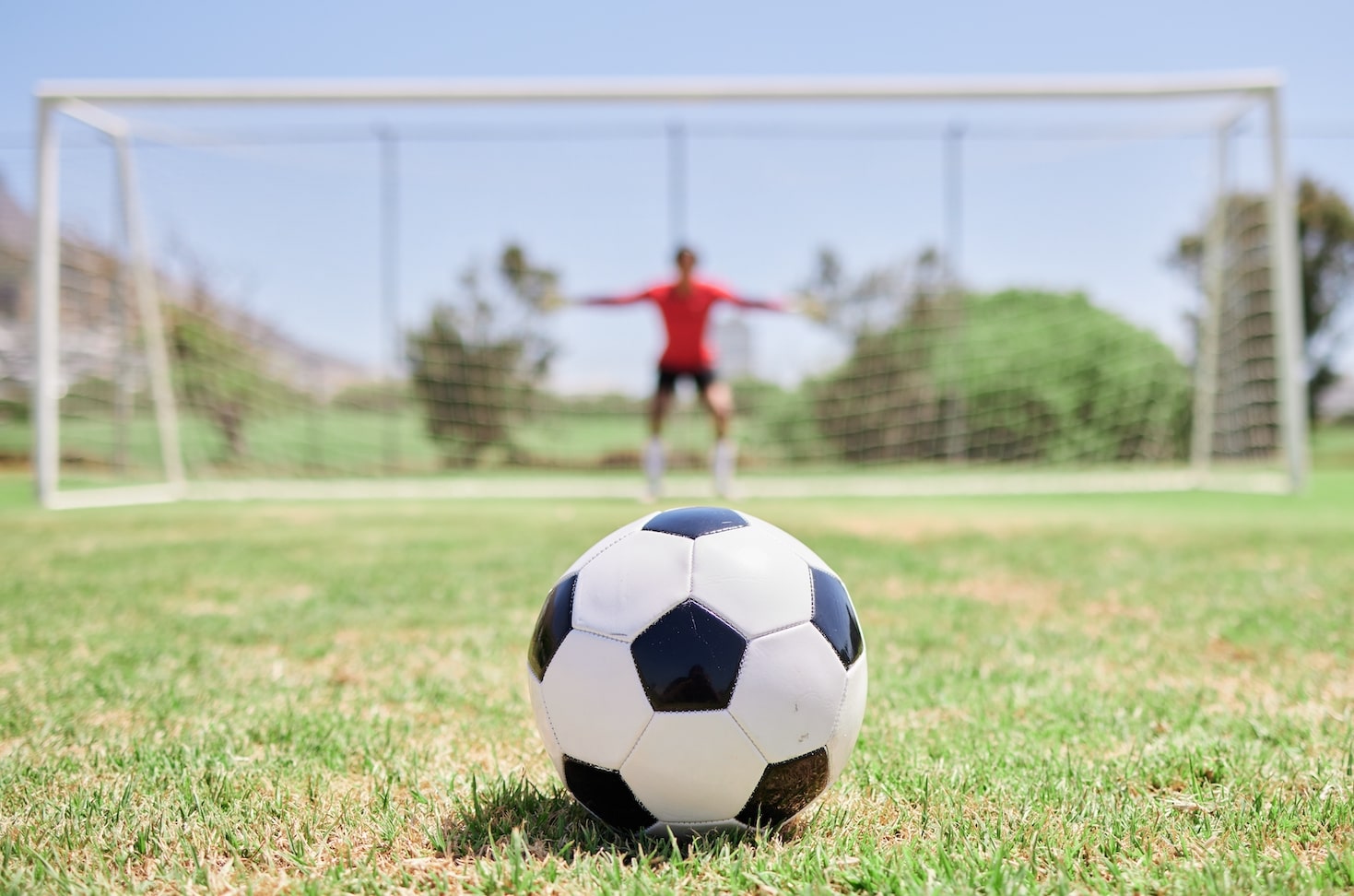
- Understanding the goalkeepers' anticipation patterns to plan fakes
- Developing a range of dummy shots to keep the goalkeeper guessing
- Timing of the fake move crucial in ensuring its effectiveness
- Practicing feints in different directions for unpredictability
- Balancing between fakes and actual shot techniques to avoid overcomplicating
Handling Pressure: Mental Preparation for Penalty Kicks
The success in handling pressure during penalty kicks relies heavily on a player's mental condition and preparedness. Often, a penalty kicker's mental strength can be the deciding factor between victory and defeat.
- - Practicing mindfulness meditation to foster focus and composure.
- - Visualizing successful penalties under different pressure scenarios.
- - Developing a consistent pre-shot routine to create familiarity and confidence.
- - Cultivating resilience to setbacks through Cognitive Behavioral Techniques.
- - Utilizing stress management techniques like deep breathing to remain calm.
- - Embracing the mentality that pressure defines champions, using it as motivation.
Analyzing the Goalkeeper: Capitalizing on Weaknesses
Unlock the gate to successful penalty kicks: careful analysis of the goalkeeper. Here, we shed light on how to spot and leverage the cues and common mistakes from the goalkeeper to enhance your penalty kicks.
- Calculated movements: Observe the goalkeeper's body language and positioning immediately before the kick.
- Read the play: Take note of the goalkeeper's diving patterns. Does he or she have a preference?
- Tendencies: Is the goalkeeper good at guessing or does he or she wait until the very end before deciding which way to dive?
- Spotting errors: Does the goalkeeper step off his line prematurely or maintain an incorrect positioning?
Common Mistakes to Avoid as a Penalty Kicker
Indeed, even experienced penalty kickers are sometimes faltered by avoidable mistakes. The errors range from telegraphing your shot to overconfidence and the lack of practice. Understanding these pitfalls is crucial for soccer coaches aiming to sharpen their player's penalty kicking skills.
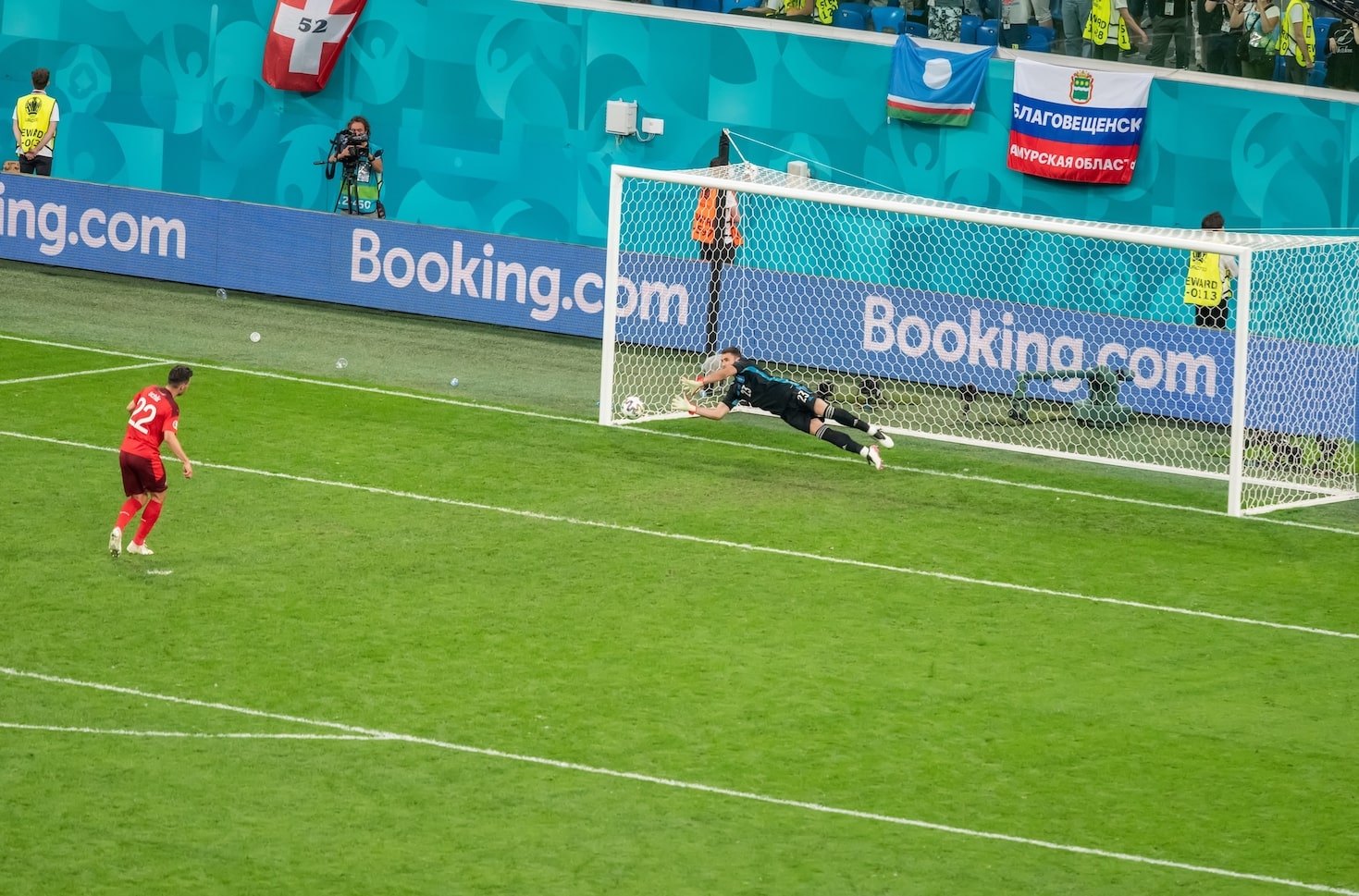
Once these flaws are addressed and the right corrections made, a penalty kicker can vastly improve his scoring potential. Step by step, with strategic training and focused practices, one can transform these vulnerabilities into strengths, thereby making every penalty kick an opportunity to score.
Telegraphing the Shot: Avoiding Predictability
Telegraphing one's shot is a demerit in the world of soccer - a predictable penalty is practically a gift to the goalkeeper. Breaking free from this predictability presents quite the challenge, yet it's not insurmountable.
- Develop an assortment of kick techniques to keep the goalkeeper guessing.
- Refine your dummy shots and feinting skills to create a level of unpredictability.
- Cultivate body deception abilities, diverting your eyes or adjusting your body orientation at the last moment.
- Delay your decision on which way to go until the last moment to keep your penalty kick elusive.
- Avoid repetitive kicking patterns and keep varying your penalty kick direction.
- Use simulations and practice matches to ensure you're comfortable with different styles and techniques.
Lack of Practice and Familiarity: Improving Accuracy
Mastering accuracy, more often than not, is the result of consistent practice. Intensive training drills with the focus on penalty kick precision can make on-target shooting second nature for your players.
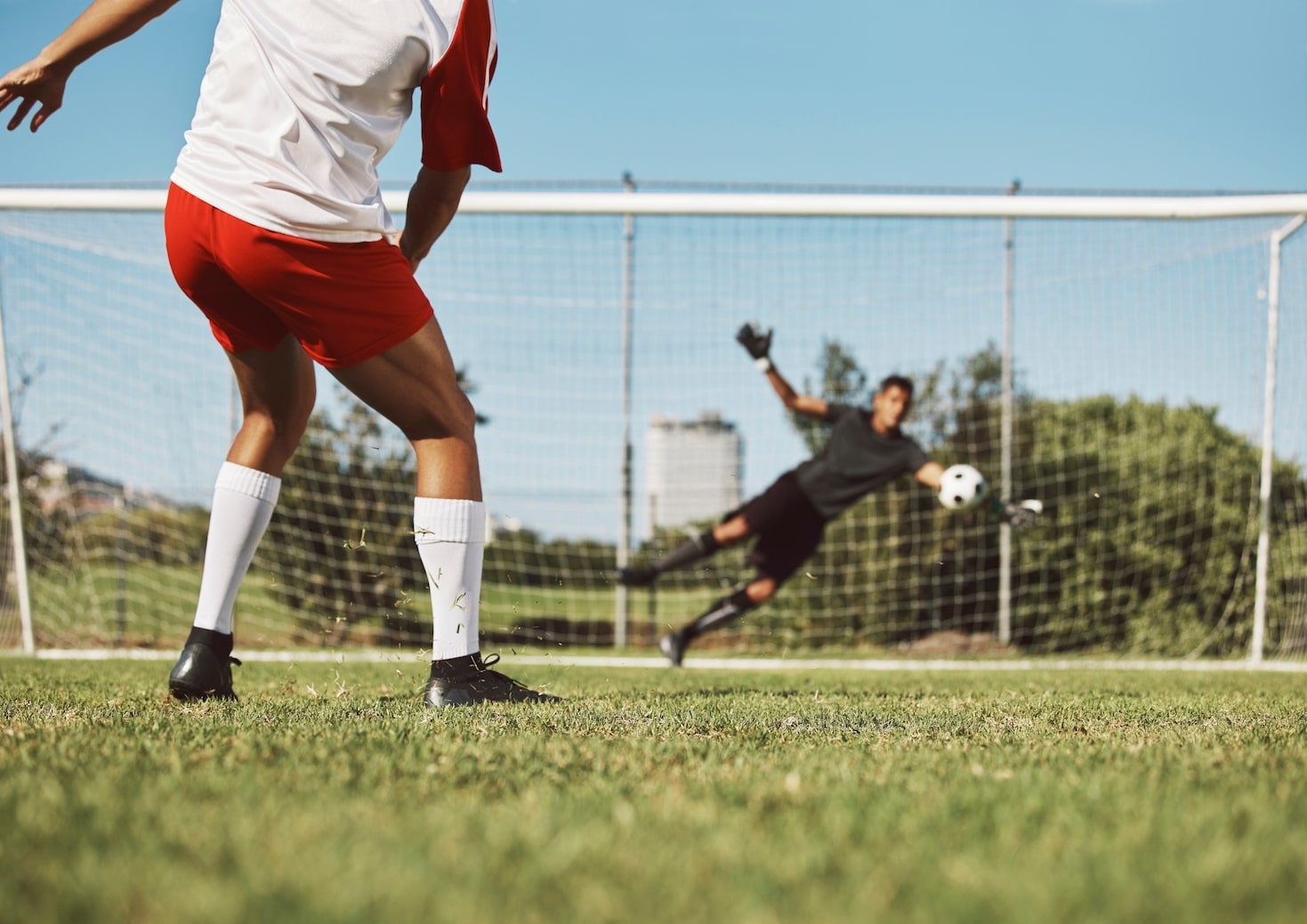
As a coach, fostering familiarity is crucial. Help your team elevate their natural instincts by simulating situations they may face during the game, thereby enhancing their reactions and confidence during penalty kicks.
Overconfidence: Staying Focused and Composed
Overconfidence often sneaks up on even the best penalty kickers, leading to nonchalance and, ultimately, missing the net. And maintain composure, the key to successful penalty kicks, is somewhat lost. Remember, penalty kicks are more about accuracy than power, so ease up on flaunting your strength.
Coaches have an essential role to play in ensuring a player is not getting carried away with their overconfidence. Regular feedback, constructive criticism, and highlighting the importance of staying focused can help keep a player’s confidence in check.
Even with dominating the match, always treat every penalty kick as if it's your first, preserving the balance between confidence and overconfidence. Remember, the best kickers always expect to score, but they never underestimate the penalty kick.
As a coach, create training situations that mimic high-stake matches where a single mistake can turn the game's tide. This helps the kicker to practice staying focused, avoiding falling into the trap of overconfidence, and preparing for real match scenarios.
Ignoring Defensive Strategies: Being Aware of the Opposition
Efficient penalty takers often strategize based on the aggression level of the goalie. This demands an understanding of 'Cracking the Defensive Code'; recognizing defensive patterns, and practicing finesse shots or power blasts accordingly.
Opposition tactics greatly impact the outcome of penalty kicks. 'Penalty Kick Opposition' comprises training drills designed to negate such defensive strategies, making it essential in coaching curriculums.
Adjustment to variable defensive tactics requires adaptive strategies. Therefore, a meticulous blend of different kick styles, based on the observational study of opposition defensive play, is often the key to success.
Penalty Kicker Training Drills and Exercises
Beyond penalties lies an extended potential for player development. Effective training exercises, woven seamlessly into routine practice, can drive holistic improvement, boosting overall performance while fine-tuning penalty kick skills.
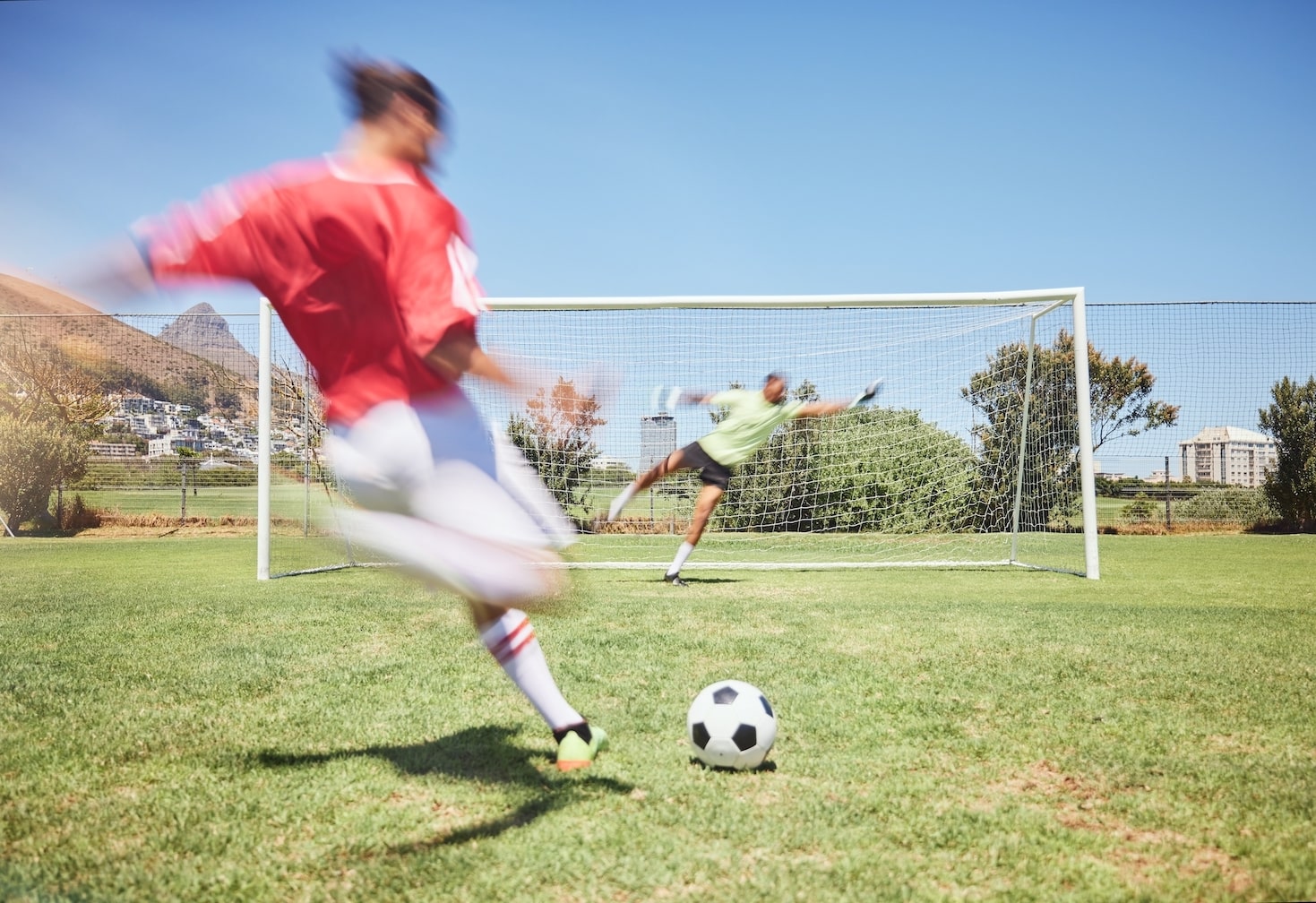
With advancing football tactics and styles, success in scoring doesn't just revolve around basics. Innovative and advanced penalty kick drills have emerged, challenging players to unlock further scoring potential, enhancing adaptability, and refining their striking precision.
Working on Technique and Precision
Navigating the complexity of the 'plant foot' introduces an additional layer of precision in penalty kicks, deeply impacting the final outcome. The plant foot acts as a lever, angling and directing the shot; hence, its positioning should be aimed slightly toward the goal.
Mastering the 'sweet spot' on the ball is pivotal for penalty kicks' precision. This perfection point, usually just above the center of the ball, helps direct the path, influencing the ball's speed and spin.
Repetition fosters progress when it comes to the plant foot and sweet spot. Perform drills where you focus solely on these aspects to ingrained the techniques into muscle memory, paving the way for more accurate penalty kicks.
Consider visualizing the path of the ball and your foot's connection. Imagining the interaction between the sweet spot and your boot reinforces mental memory, complementing the physical practice.
As a coach, encourage your players to experiment within the guidelines of these techniques. Different styles can achieve the same results; thus, let your kickers find the approach that works best for them individually.
Simulating Pressure Situations: Mental Conditioning
Penalty kicks often provide high-stress situations in matches, making mental conditioning equally vital as physical training. Coaches can design drills mimicking these high-pressure situations, thereby better preparing players for real-game scenarios.
The stakes associated with penalty kicks can significantly affect player performance. Teach your players to harness this pressure positively, using practical psychological techniques such as visualization and controlled breathing.
Consider routines as essential tools for mental stability. Encourage your penalty kickers to create and stick to pre-shot rituals, as it can provide comfort and confidence, reducing performance anxiety.
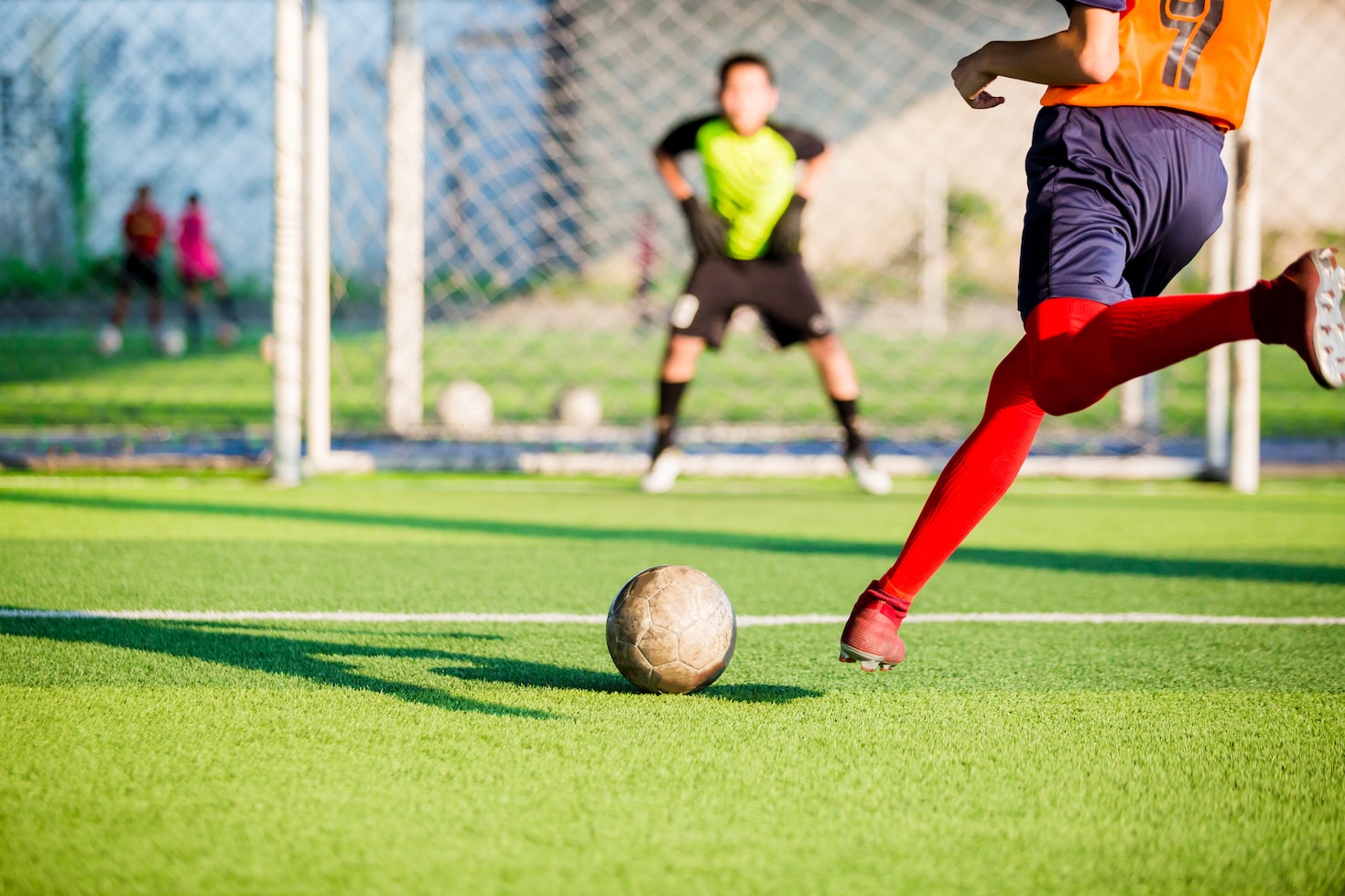
Lastly, promote a healthy perspective on mistakes - they're opportunities to learn and improve. Reinforcing this perspective can turn pressure-filled moments into an exciting challenge, rather than an overwhelming task.
Practicing Against Different Goalkeeper Styles
In adaptable penalty practice, consider the diversity of goalkeeper styles. Ranging from aggressive, high-risk to cautious, lower-risk approaches, each requires a different execution. This practice builds adaptability and equips kickers with the right skills to confront varied opponents.
Understanding different defending approaches during penalties is indispensable. This involves studying goalkeepers' preferences: which corner they dive to more frequently, their reaction speed, and agility. Match your strategy with their tendencies for the best outcome.
Use videos of professional matches as reference points. Identify patterns in goalkeeper movements and study their strategies. Incorporating these observations into training exercises can enhance your team's effectiveness in executing penalty kicks.
Penalty kickers should train against goalkeepers with distinct styles. Getting to grips with the tactics of both a proactive and reactive goalkeeper enhances the kicker’s ability to respond. This diversified training is critical to penalty kick success.
Incorporating Team Tactics: Penalty Kick Strategies
Developing a team-based approach to penalty kicking success is crucial. It encompasses not just the penalty kicker but the collective input of the team. Strategy planning, understanding opponents' weaknesses, and identifying the designated kicker are all instrumental.
The penalty kicker is never alone. Having a comprehensive understanding of team dynamics can significantly influence the result of a penalty kick. Team's encouragement and tactical plans can boost his confidence.
Remember, penalty kicks are not won by individuals, but by entire teams. Draw on the collective strength and intelligence of your team before the kick. This approach will enable you to make the right decisions under pressure.
Communication and trust play a vital role in team dynamics. A well-organized team can provide valuable insights into the goalkeeper's preferences and tendencies — information crucial for penalty kick success.
Finally, practice alongside your team to rehearse various scenarios. Simulating these high-stress moments will familiarize your team with the process, thus helping you to be more prepared when the real situation arises.
Reviewing and Learning from Penalty Kicks
Video analysis transforms penalty-kick training dramatically, offering players a different perspective on their technique. Rewatching footage helps them identify and correct flaws, improving future performances. Coaches can also use these analyses to provide critical, detailed feedback.
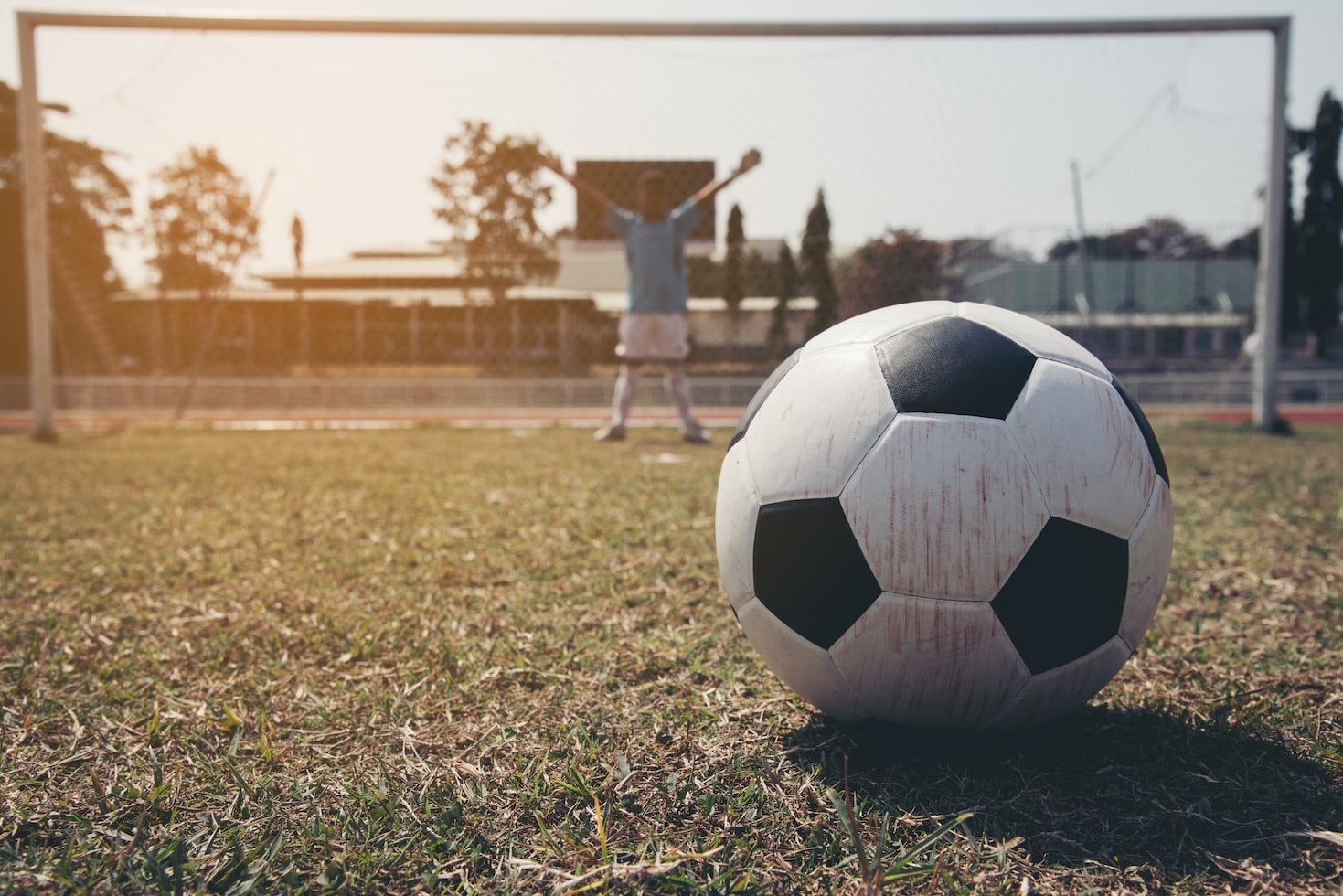
With video analysis, coaches can break down every penalty kick into small segments, reviewing body positioning, ball contact, and follow-through. This granular level of analysis helps fine-tune the player's technique and build a more effective penalty kicker.
Past penalty kicks present a goldmine of educational material. Coaches can utilize these to instruct players, emphasizing successful techniques and identifying areas for improvement. The retrospective view provided by past kicks is invaluable for development.
Learning from past penalty kicks isn't only about self-improvement. They also offer insights into the tendencies of opposition goalkeepers. By studying past saves, kickers can gain a competitive edge, exploiting known weaknesses in their next face-off.


Improve Your GameJust 1.99 p/m
Exclusive drills and sessions, get involved today!
- 100’s of Drills
- Coach to Camera Videos
- Sessions from Pro’s
- Industry Leading Advice

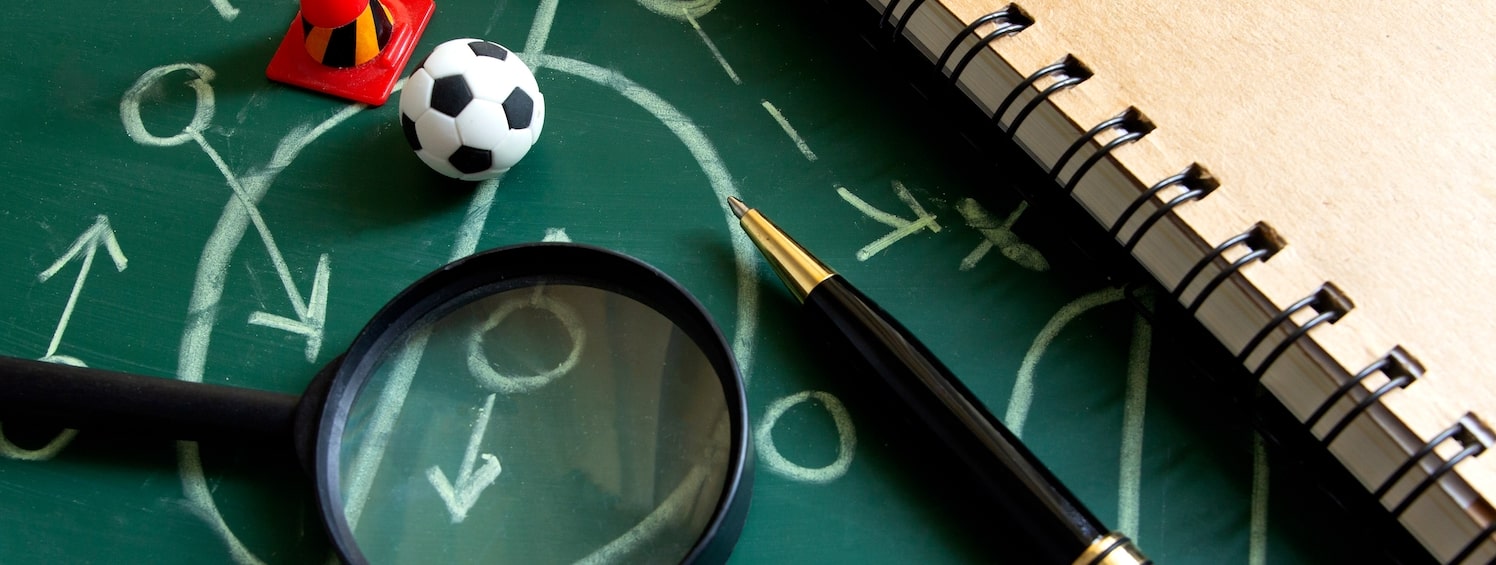
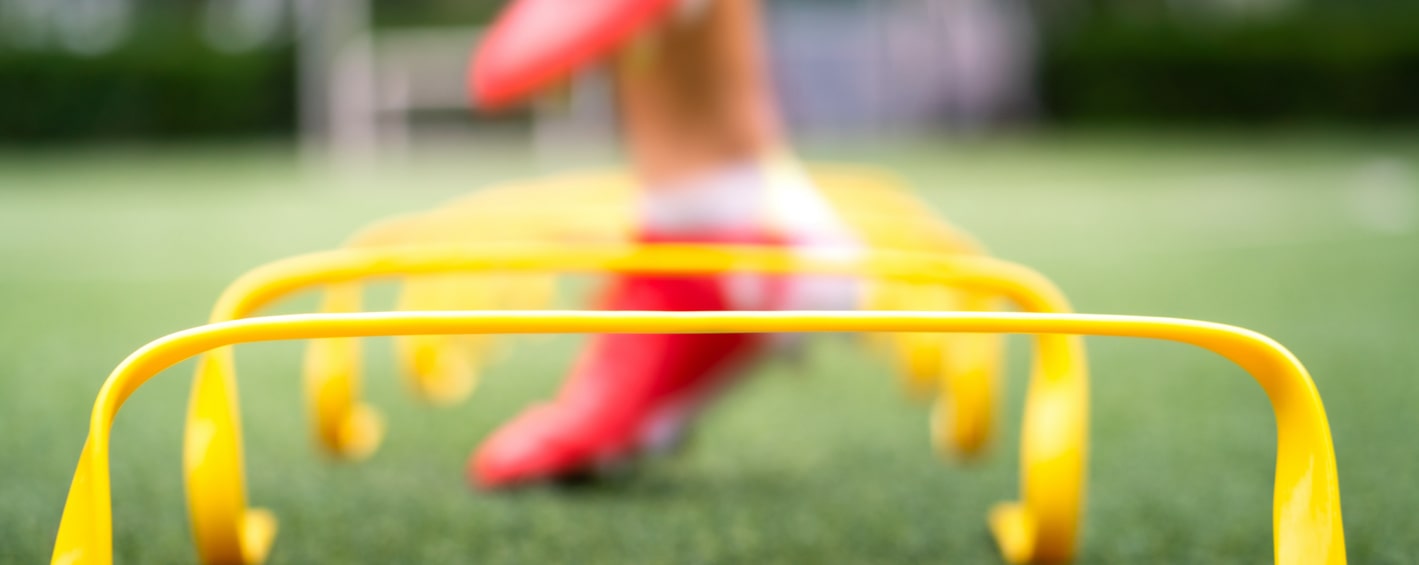
Cupello
UEFA B Coach, FA Level 3, FA Youth Modules 1, 2 and 3, Coerver Youth Diploma, SPAIN: Catalan Football Federation Smart Football, USA: United Soccer Coaches diploma. Sports journalist for the Sunday Mirror published author of several volumes of coaching books & international lecturer on soccer.